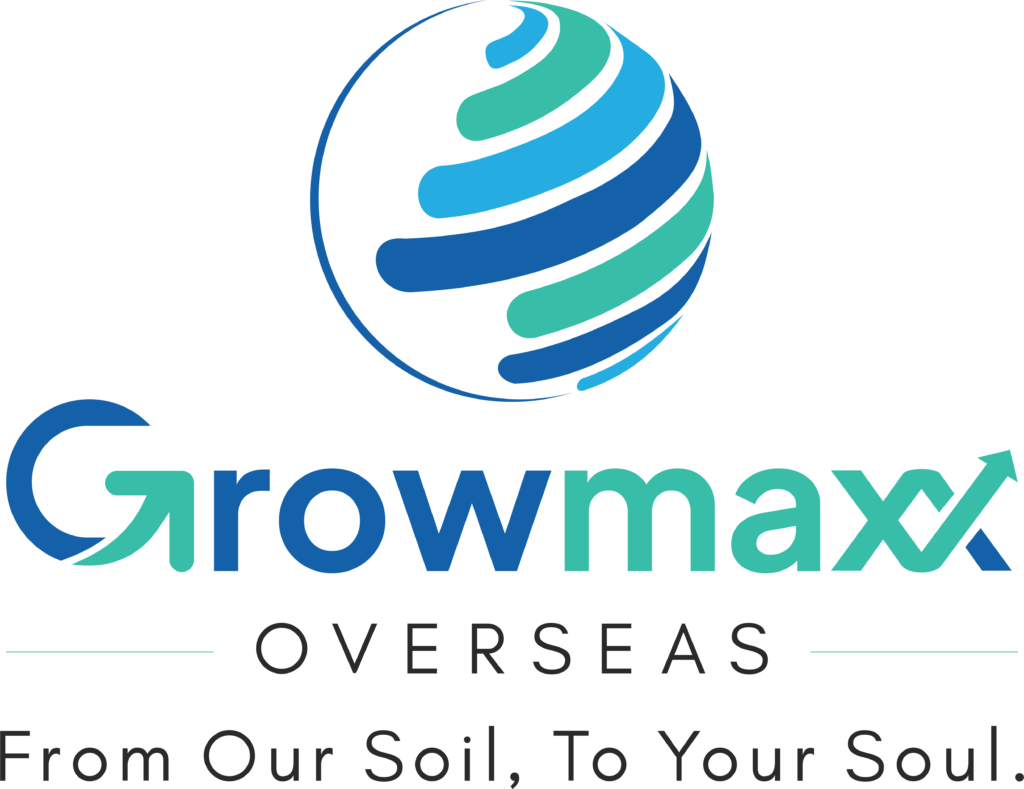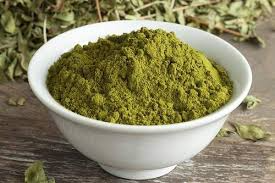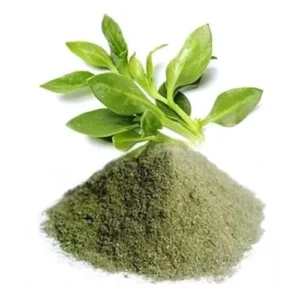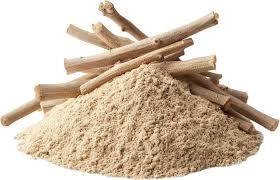Description
Common Names:
- Ashwagandha Panchang
- Ashwagandha Five Parts Powder
Components:
- Ashwagandha Root: The primary part used for its therapeutic properties.
- Ashwagandha Leaves: Often included for additional benefits.
- Ashwagandha Seeds: Used in some formulations for their specific properties.
- Ashwagandha Flowers: Included in some traditional formulations.
- Ashwagandha Fruit: May be used in certain preparations.
Origin:
- Native Region: Native to India and parts of Southeast Asia.
- Cultivation: Grown in tropical and subtropical regions.
Nutritional and Chemical Composition:
- Active Compounds: Contains a range of bioactive compounds including withanolides, alkaloids, and saponins, which contribute to its health benefits.
Health Benefits:
- Stress Relief: Known for its adaptogenic properties, Ashwagandha helps the body cope with stress and promotes relaxation.
- Energy and Vitality: Supports overall vitality and energy levels, combating fatigue and improving stamina.
- Cognitive Function: May support cognitive function and mental clarity, enhancing memory and concentration.
- Immune Support: Boosts the immune system, helping the body fight off infections and diseases.
- Anti-inflammatory Properties: Contains compounds with anti-inflammatory effects that can help manage conditions related to inflammation.
- Hormonal Balance: Supports hormonal balance, including adrenal and thyroid function.
Uses:
- Traditional Medicine: Widely used in Ayurvedic medicine for its adaptogenic, stress-relieving, and health-supporting properties.
- Dietary Supplements: Available in powdered form, often mixed with other herbs or taken as a standalone supplement.
- Herbal Remedies: Incorporated into various herbal formulations and tonics for its therapeutic benefits.







